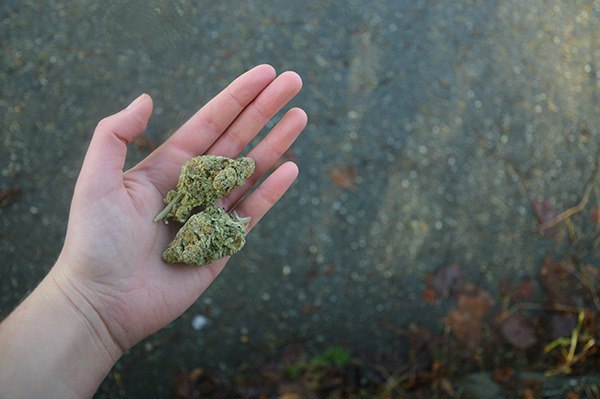Consumers can trust what varieties of wine taste like regardless of the store they buy it from, and they could soon have similar expectations for strains of marijuana, say researchers at the University of British Columbia.
Prof. Jorg Bohlmann and a team of researchers have found 30 genes within the cannabis genome that determine the aroma and flavour of the plant.
The findings, published in the journal Plos One, are the first step toward creating flavour standards that can be replicated.
Bohlmann said with the legalization of marijuana on the horizon, there is a real need for standardization of the product when it comes to flavours and the strength of psychoactive compounds.
READ: Liberals could introduce marijuana bill in April
Right now, he said, although names of strains can somewhat reflect the flavour, consumers can’t be sure what they’re getting.
“This is largely because much of the cannabis industry has been in an illegal space,” said Bohlmann, a professor of forest science and botany. “People have been growing their own different strains wherever, garden sheds or basements.”
He said standards could be created that follow the wine industry, where the types of grapes and effects of climate and terrain on the crop’s flavour produce specific and replicable varieties of wine.
Researching chemistry behind the flavours of marijuana hasn’t happened largely because of the legal restrictions. Bohlmann said it isn’t easy for researchers to get approval for work with the drug, but he said he hopes that with legalization, the process will be easier to navigate.
WATCH: B.C. to develop own regulations on driving while high on marijuana, minister says
Bohlmann collaborated with researchers at the cannabis testing company Anandia Labs to study the flavour-related genes in cannabis.
The 30 genes they found produce molecular compounds called terpenes that create specific flavours, such as lemon or pine. Terpenes can also be found in other plants and essential oils. Not all 30 genes are active in every cannabis plant, resulting in variations.
Bohlmann likened the genes to musicians in an orchestra.
“Think of all the marvellous music you can create and all the variations you can create with 30 individual musicians that you can individually call up or play all together,” he said.
More research is underway to determine subsets within the 30 genes and compare different strains to figure out how and why they are activated.
“What we know now (is) who are all the players in the symphony orchestra, but we don’t quite know yet what everyone exactly does,” he said. “And now we need to find out who is actually the conductor and how is the conductor working with his orchestra in terms of calling up one of the players and leaving others more in the background.”
Once those details are determined, he said it can inform the varieties and practices plant breeders use in the future.
Linda Givetash, The Canadian Press
